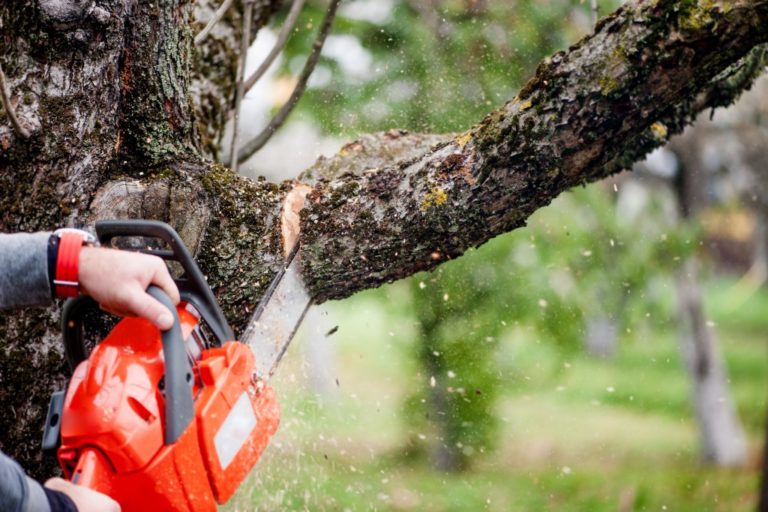With the Amazon rainforest burning down, it’s hard to think about cutting any more trees that supply the oxygen we breathe. It seems that we don’t have enough of them with the “lungs of the earth” gradually dying in front of our very eyes. Cutting down a nuisance tree in your backyard has to be put aside for now. But the question is: Are we legally allowed to cut and trim a tree?
Cutting down a whole tree might not be the answer you’re looking for. Are you sure you can’t just hire a tree trimmer in Utah County to remove overhanging branches and large roots that threaten the stability of your garden and house structure? The first thing you need to know about cutting down trees on public and private lands is that it’s not going to be easy. You might have to go against tree preservationists, especially if you’re aiming to cut a landmark tree, and face legal and monetary sanctions.
It’s best to exhaust all your options first before deciding to cut down a tree. First, are you going to build on the land where the tree is? Does the tree fall on your property, or do you share its trunk with your neighbor? Are you cutting a tree for Christmas from the national forest?
Defining State Laws
The federal government allows the cutting of Christmas trees from national forests. You need to secure a permit from the local forest or ranger district office that has jurisdiction over the forest near you. A permit to cut down a 12-inch Christmas tree will cost about $10. If you want a bigger tree, you need to pay about $20 or more. If you want to decorate your tree with pine cones or tree boughs, you also need a permit for that.
The number of permits is limited, and they are typically available right after Thanksgiving. Some states allow five permits per family, while others issue one permit per family.
When it comes to cutting trees in your property, there are different state laws on that. It is best to check with your local rules and regulations, though generally, homeowners are allowed to cut three threes at the most in their property. The trees, however, should not be rare. Otherwise, you need to prove to the local government that the tree is hazardous and poses a threat to the homeowner’s property.
Trees and Neighbors

Do you share a tree with a neighbor, or are the branches of your neighbor’s tree encroaching on your property and leaving debris all over your backyard? It’s a tricky situation for a tree to become a contentious issue among neighbors. Here’s what you need to remember: The trunk of the tree defines who owns it. If the whole trunk of the tree is within your property line, then you own it and are responsible for it. If the trunk falls on two properties, it is considered a shared responsibility, but no one can cut it unless the other party gives permission.
But you should know that you are allowed to trim the tree’s branches up to the property line. You cannot go beyond the property line. If the leaves are blowing into your yard, you have no claim against your neighbor because leaves are considered natural products even if they are clogging pipes and gutters.
The laws governing trees can get confusing, so if it’s a really important legal issue, you have to consult a lawyer. If you are facing legal penalties and sanctions because you accidentally cut down a tree without the necessary permits, your lawyer will advise you on what steps need to be taken. Before you take any kind of action on things you aren’t sure of, do your research or, at least, consult a lawyer.
